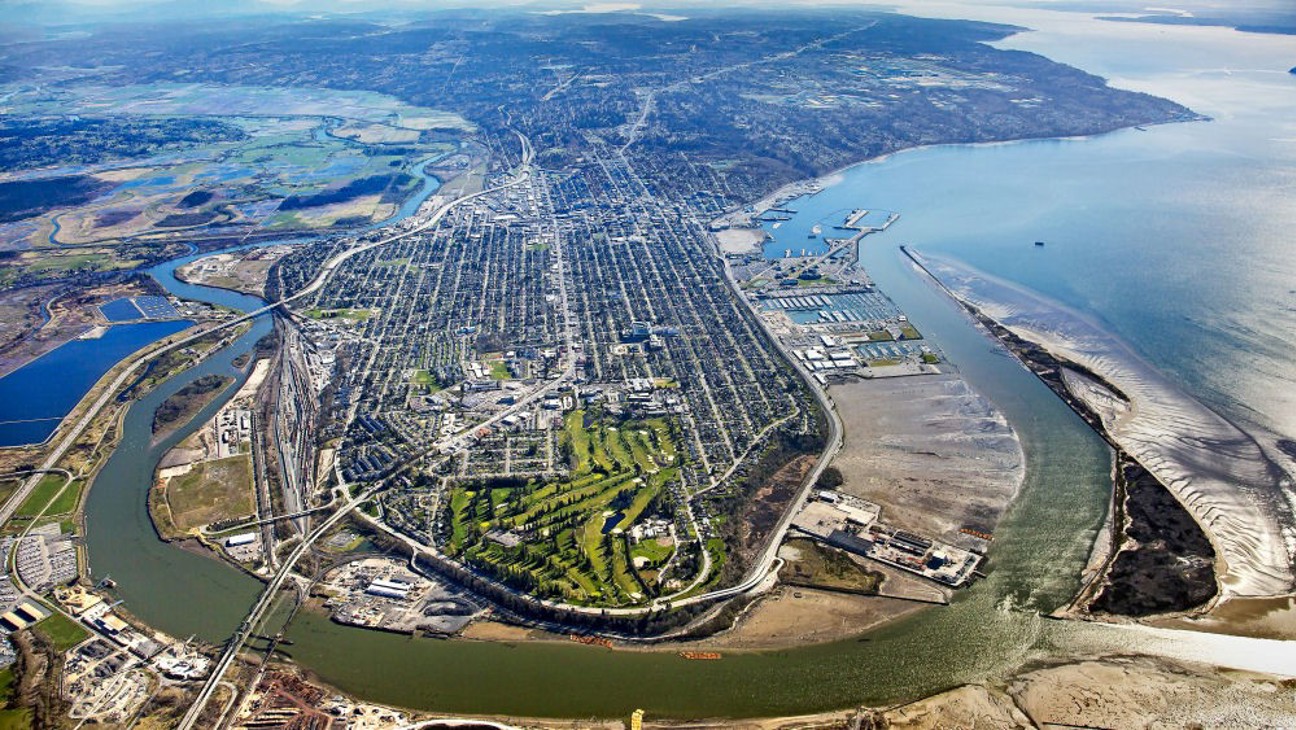Creosote Pilings
Creosote Pilings in the Snohomish River Estuary
In 2019, the Snohomish County MRC initiated a project to develop a prioritized list of independent derelict pilings in the Snohomish River estuary to target for future removal and engage stakeholders in discussions about potential removal implementation planning. The MRC is interested in facilitating piling removal as a habitat action primarily due to the water quality and sediment quality impacts that creosote-treated pilings can have in the aquatic environment. Independent pilings are single or clustered pilings in the estuary that are not associated with a dock, marina, or bulkhead.
Piling Prioritization
To support this prioritization project, the MRC hired Environmental Science Associates (ESA). The goal of this effort was to identify piling removal opportunities in the Snohomish River estuary that are most ecologically beneficial and readily implementable by the DNR Creosote Piling Removal Program. The project area for this prioritization effort was the Snohomish River estuary downstream of the Highway 2 crossing, which is located just upstream of where Steamboat Slough splits from the river mainstem.
In 2020, in the first phase of the project, funded by the United States Environmental Protection Agency, the MRC completed a prioritization plan for the potential removal of independent pilings in the Snohomish Estuary. The report identified 15,564 independent pilings, of which 2,456 are creosote-treated.
Pilings Inventory Web Map
The MRC has produced a web map to share information about all 15,564 pilings inventoried in the Snohomish Estuary. The web map contains detailed information for each pilings inventoried, and pilings can be viewed by ownership, priority for removal, and creosote treatment status.
Stakeholder Engagement
Multiple agencies have jurisdiction and parcel ownership within the Snohomish River estuary. Throughout 2021, during the second phase of the project, the MRC met with public agencies and tribal stakeholders to discuss the removal of unused pilings they own. Due to the complex nature of this area, the MRC convened a stakeholder committee consisting of representatives from the Washington State Department of Natural Resources (DNR), Snohomish County, Tulalip Tribes, City of Everett, Port of Everett, and City of Marysville.
The MRC’s objective was to create a shared understanding of the quantity and distribution of pilings in the Snohomish River estuary and identify those pilings determined to be high priority for removal. The MRC is providing landowners with information to help create opportunities to remove pilings, which is voluntary.
Stakeholder meetings and additional research informed the development of a final report, which outlines opportunities and considerations for potential piling removal projects into the future, including information about potential funding sources and recommended next steps. Potential opportunities for implementation of piling removal includes stand-alone restoration projects, adding piling removal as a component to a larger project, or as part of a compensatory mitigation project. The MRC plans to continue collaborating with local agencies and stakeholders to provide support on the future potential removal of high-priority independent pilings. To facilitate ongoing collaboration, the MRC has produced an interactive web map to allow stakeholders direct access to information about pilings under their ownership.
Final Reports
- Phase 1 Report (2020): Prioritization of Pilings for Removal in the Snohomish River Estuary
- Phase 2 Report (2021): Snohomish River Estuary Piling Removal Prioritization and Implementation Planning
- Executive Summary
- Appendix A: Compiled Fact Sheets (individual fact sheets linked below)
- Appendix B: Compiled Owner Maps
- Appendix C: Stakeholder Meeting Notes
- Appendix D: DNR Leased Areas
Focus Area Fact Sheets

Osprey Nests on Creosote Pilings: Relocation Project
Port Gardner holds claim to the largest osprey nesting colony on the west coast, many of which nest on the creosote pilings in the bay. With the cooperation of the Washington Department of Natural Resources and Pilchuck Audubon Society, the Snohomish County MRC facilitated the installation of five new steel pilings and nest boxes between January 26 and January 30, 2009 to replace those removed during ongoing creosote piling removal efforts. An educational sign was placed at an overlook at Legion Park in Everett detailing the project.

There are over 15,000 pilings in the Snohomish River Estuary
Resources
- DNR Creosote Removal Program
- DNR Fact Sheet: Removing Creosote-Treated Wood from Puget Sound and its Beaches
- DNR Fact Sheet: Science of Creosote
- MyCoast (for documenting creosote debris, derelict vessels, and other large marine debris)